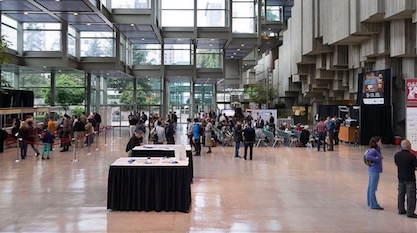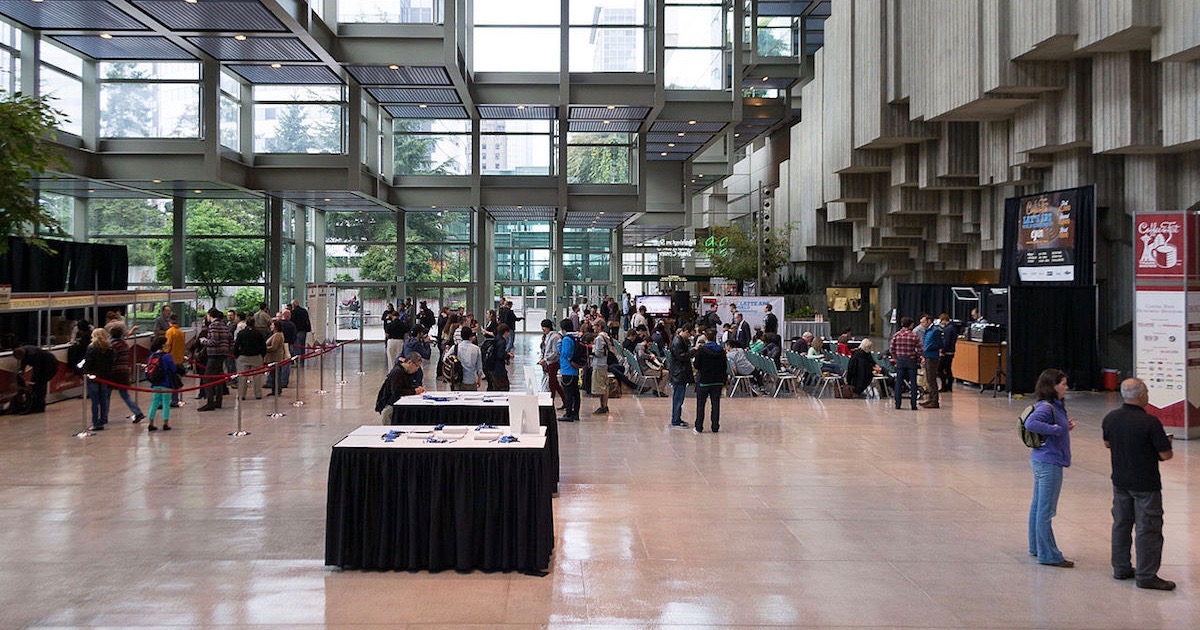 Education
Education
Where’s the Rigor? A Report from the Seattle AAAS Meeting


Before the virus shut everything down, the American Association for the Advancement of Science (AAAS) held its annual conference in Seattle, at the Washington State Convention Center. An Evolution News correspondent had the opportunity to attend.
One of the sessions was the Education business meeting — also known as Section Q of the AAAS. Some well-known people in the science education world were there — Jay Labov, Joseph Levine (of the Miller-Levine Biology textbook; he was being honored as a new AAAS Fellow of Section Q), and those who follow Evolution News may know of Ann Reid, head of the National Center for Science Education (an activist organization for climate change and evolution agendas).
Much of the business meeting centered around appointing new officers and recognizing the 16 new AAAS Fellows in Section Q. Our correspondent had to leave before the end, but the substantive discussion in the meeting seemed to center on two topics — the AAAS STEM volunteer program, and equity in science (including the AAAS and Section Q).
Where’s the Rigor?
It was great to hear about the STEM volunteer program, where the AAAS puts scientists in schools to interact with students. A speaker, Don Rea, discussed this and asked for more volunteer scientists — it’s to be hoped that this program continues to grow.
While the equity issue is important, it would have been good to see additional emphasis on increasing rigor in science teaching. According to the Program for International Assessment (PISA) science scores, the U.S. ranks #18. The countries in the top 5 are China, Singapore, Macao, Estonia, and Japan. In math the U.S. is #37. The next generation needs to be prepared to lead in STEM. Here in the Seattle area, we hire a lot of foreign workers in the technology industry right now.
Our reporter did have an encouraging conversation with a young man staffing the AAAS booth in the exhibition hall. They spoke about overstretched teachers in low income elementary schools, and how even in upper elementary grades science is shoved to the back burner in favor of devoting time to reading, writing, and math. He shared some practical ways he has observed elementary schools integrate science education with English.
Ultimately, Discovery Institute’s Science Education Policy is about sharpening students’ ability to interact critically with ideas in science. Perhaps our reporter missed important points towards the end of the Section Q meeting, but we didn’t see much on the agenda handed out about strengthening that kind of rigor in K-12 education.
Photo: Washington State Convention Center, by Visitor7 / CC BY-SA.
